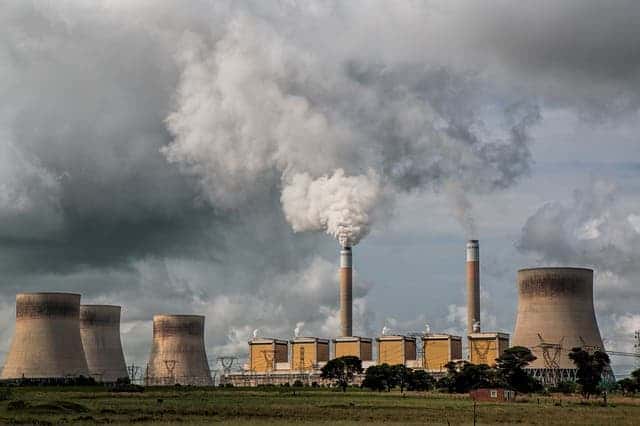When we’re talking about CO2 emissions and global warming, we generally mean atmospheric CO2 – where the gas is spewed and generates the greenhouse effect, warming our atmosphere and subsequently, our planet. But a new study conducted by US researchers found that CO2 actually warms the Earth’s crust directly; the more CO2 we emit, the hotter our planet will get.

The study, funded in part by the U.S. Department of Energy’s Office of Science, utilized data from the NOAA CarbonTracker between 2000 and 2010 (measurement site was in Oklahoma); the tracker took measurements almost everyday, and in total, scientists worked with 8,300 readings altogether. A second research facility in Alaska provided 3,300 measurements during this time span. Despite the two sites being so different in terms of economic development and overall pollution levels, results were very coherent in terms of CO2 pollution; they both indicate that CO2 levels are increasing due to human activity, and furthermore, that it’s heating up our crust.
“We see, for the first time in the field, the amplification of the greenhouse effect because there’s more CO2 in the atmosphere to absorb what the Earth emits in response to incoming solar radiation,” lead author Daniel Feldman of University of California, Berkeley said in a press release. “Numerous studies show rising atmospheric CO2 concentrations, but our study provides the critical link between those concentrations and the addition of energy to the system, or the greenhouse effect.”
The team used highly precise spectroscopic instruments to measure the thermal infrared energy that travels down through the atmosphere to the surface. Using this type of equipment, they can actually detect the unique spectral signature of infrared energy from CO2. In other words, they can see just how much CO2 alone is contributing to warming the crust.
“We measured radiation in the form of infrared energy. Then we controlled for other factors that would impact our measurements, such as a weather system moving through the area,” says Feldman.
They also detected the influence of photosynthesis on the balance of energy at the surface. They found that CO2-related warming drops down in the spring, as plants bloom and they absorb more CO2 from the atmosphere.
It’s not clear exactly how much this radiation contributes to global warming, but it is a clear indication that human-emitted CO2 is warming our planet in more ways than previously estimated.
Journal Reference: D. R. Feldman, W. D. Collins, P. J. Gero, M. S. Torn, E. J. Mlawer & T. R. Shippert. Observational determination of surface radiative forcing by CO2 from 2000 to 2010. Naturedoi:10.1038/nature14240
Was this helpful?



